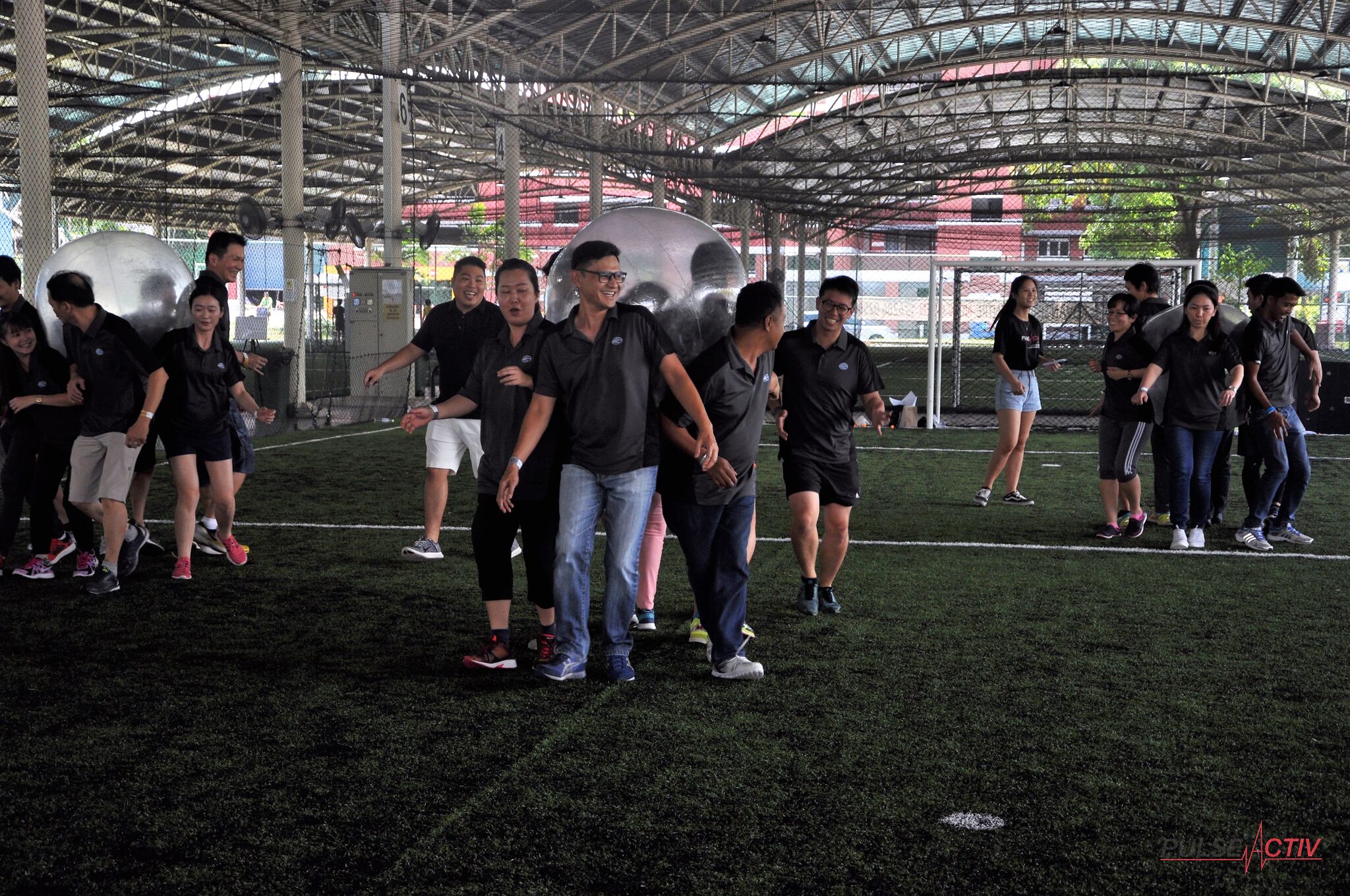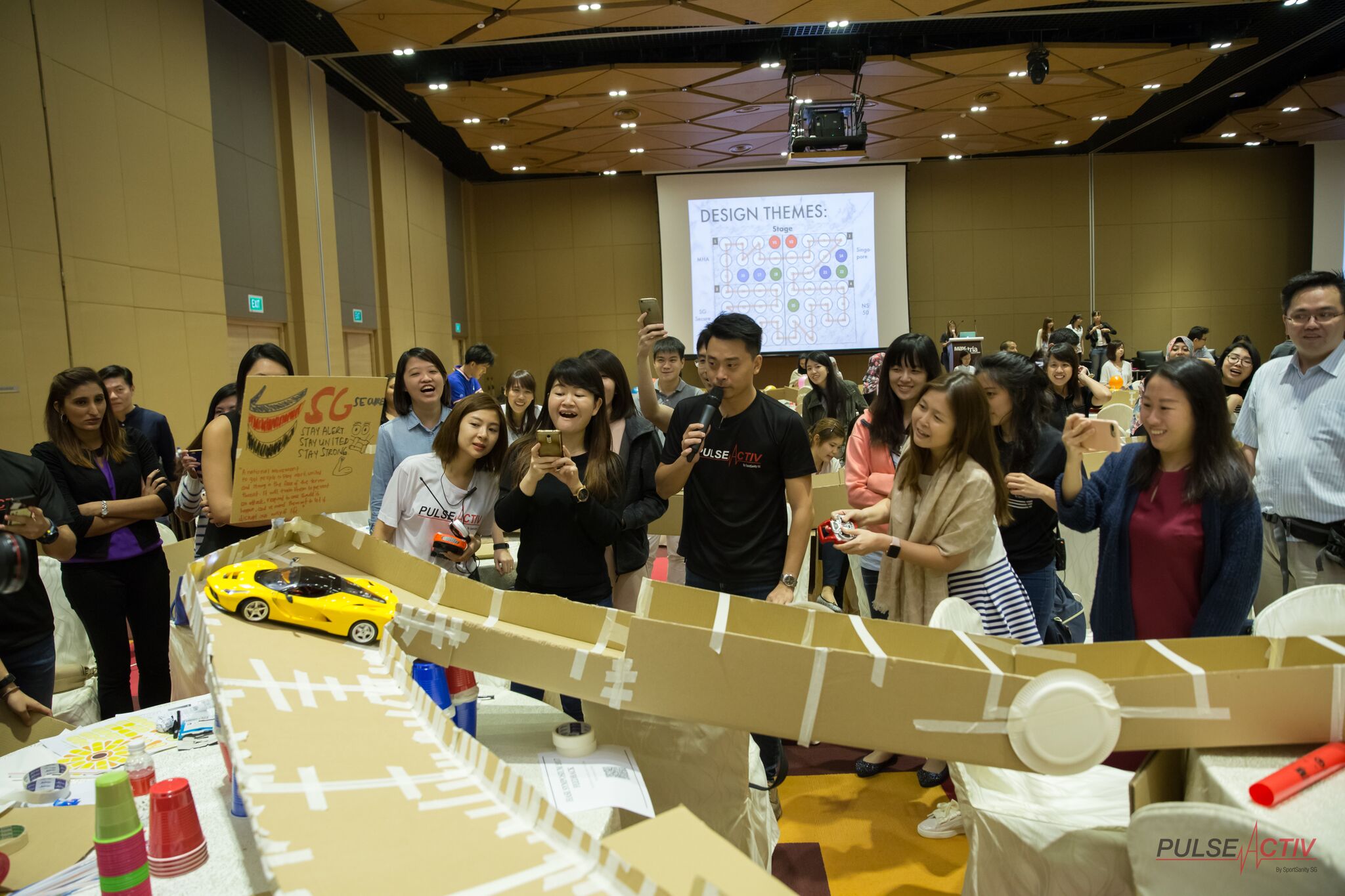10 IDEAS For creating a collaborative workplace
In today’s rapidly evolving business landscape, collaboration stands as the cornerstone of success for organizations striving to innovate, adapt, and excel. A collaborative workplace not only cultivates creativity and productivity but also fosters a sense of community and mutual support among team members. To nurture a culture of collaboration within your organization, consider implementing these ten ideas.
Open Communication Channels: Establish transparent and accessible communication channels that enable seamless interaction among team members. Encourage the use of platforms such as Slack, Microsoft Teams, or dedicated project management tools to facilitate real-time communication and collaboration.
Create Shared Spaces: Designate physical or virtual spaces where team members can come together to collaborate on projects, brainstorm ideas, and share insights. These shared spaces should be equipped with collaborative tools, such as whiteboards or digital collaboration platforms, to facilitate productive teamwork.
Promote Cross-Functional Collaboration: Break down departmental barriers and promote cross-functional collaboration by encouraging teams from different areas of the organization to work together on projects. This approach fosters diversity of thought, facilitates knowledge sharing, and drives innovation.
Invest in Team Building Activities: Dedicate time and resources to organizing team-building activities that promote trust, communication, and camaraderie among team members. Whether it’s a retreat, a group outing, or a team-building workshop, these activities help strengthen relationships and foster a sense of belonging within the team.
Lead by Example: Leadership plays a pivotal role in shaping the collaborative culture of an organization. Leaders should actively demonstrate collaborative behavior by soliciting input from team members, fostering an environment of psychological safety, and recognizing and celebrating collaborative efforts.
Encourage Diversity and Inclusion: Embrace diversity and inclusion within the workplace to harness the full potential of your team. Encourage diverse perspectives, experiences, and backgrounds, and create an inclusive environment where every voice is heard and valued.
Provide Training and Development: Equip team members with the skills and tools they need to collaborate effectively through training and development programs. Offer workshops on effective communication, conflict resolution, and team dynamics to enhance collaboration skills across the organization.
Celebrate Successes Together: Acknowledge and celebrate collaborative achievements and milestones as a team. Recognize individual contributions, highlight successful collaborations, and foster a culture of appreciation and gratitude within the organization.
Establish Clear Goals and Expectations: Ensure that team members have a clear understanding of their roles, responsibilities, and objectives within the team. Set clear goals, communicate expectations effectively, and empower team members to take ownership of their work and collaborate towards common goals.
Embrace Technology: Leverage technology to facilitate collaboration and streamline workflows within the organization. Invest in collaborative tools and platforms that enable remote collaboration, document sharing, and project management, allowing team members to work together seamlessly regardless of their location.
By embracing these ten ideas, organizations can create a collaborative workplace where teamwork flourishes, ideas thrive, and collective success is achieved. Through effective communication, cross-functional collaboration, and a commitment to team building, organizations can foster a culture of collaboration that drives innovation, enhances productivity, and propels the organization towards its goals.
To head back to read another article in our blog, click here.





